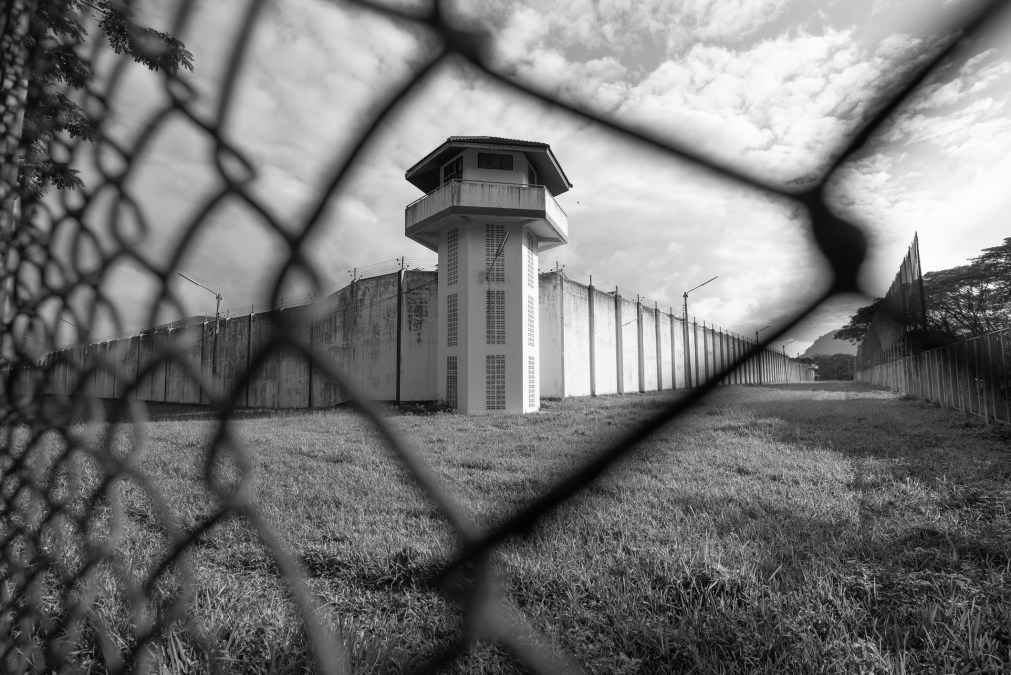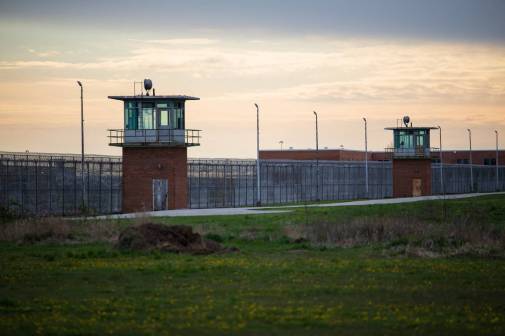Oklahoma prisons launch tool for tracking inmates’ COVID-19 cases

Of the 28,000 people inside Oklahoma’s state prison system, just two inmates and eight staff have tested positive for COVID-19, according to the state Department of Corrections. But thanks to a new digital tool the department launched this week, officials in Oklahoma will be alerted quickly to the exact nature of the outbreak if the number of cases begins to rise, the department’s chief information officer said.
Sarjoo Shah told StateScoop he reached out to Microsoft after seeing the work it did to assist New York City to assist in tracking cases, and that the software giant responded by configuring its cloud-based tracking system to be used by a corrections department. The tool, which runs on Microsoft’s Azure Government cloud platform, took six days to develop before its launch Tuesday, and now provides staff with tools to screen inmates and view what’s happening across Oklahoma’s two dozen state prisons.
The tool includes an interview checklist of about eight questions that guides prison medical personnel to ask patients whether they have symptoms such as fever or shortness of breath. Microsoft removed a typical question about recent international travel, Shah said, and added a question about pre-existing medical conditions.
After exam notes and a nasal swab are sent to a lab for testing, the test results are sent to the state’s electronic health records system and then sent back to the prison’s app, where case data can be viewed on a heat map.
“Leadership can know, ‘So here’s where we’re seeing infections. Maybe it’s time to quarantine this whole cell block,’ or whatever we want to do,” Shah said. “This provides them the raw data to make better informed decisions.”
Shah said the Oklahoma’s Department of Corrections initial response to the coronavirus outbreak relied on a pandemic planning guide, dated March 16, that provided general information and guidance on how administrators could ensure continuity of operations and health care for inmates. But the plan didn’t include any provisions for the role of technology. Keeping track of the locations and statuses of 10 people doesn’t require a sophisticated cloud-based platform like the one Oklahoma now has, but Shah said he wanted to be prepared.
Oklahoma is one of the few states that has not implemented a stay-at-home order. Gov. Kevin Stitt issued “safer-at-home” directive — applying mostly to adults over 65 — on March 24. The directive is set to lift May 6, though some businesses, including hair salons and pet groomers, were allowed to reopen Friday. (Oklahoma has confirmed 2,807 COVID-19 cases and 163 deaths.)
Though Shah said he’s hopeful his new tool will prove unnecessary in Oklahoma, prisons have been the location of some of the worst outbreaks in the United States. The Associated Press reported Friday that 22 inmates tested positive for COVID-19 at a prison in southeast Missouri. Last week, it was discovered that more than 80 percent of the inmates in a single Ohio prison have tested positive for the deadly respiratory illness.
The outbreaks arrived following concerns that the close quarters of correctional facilities — combined with the late arrival of testing kits — could make country’s jails breeding grounds for COVID-19. While states with larger inmate populations — such as California and Texas — have reported much lower rates of infection among their inmates, they are also testing far fewer inmates than Ohio. According to an official from the Ohio Department of Rehabilitation, Ohio has tested more than 5,000 inmates and prison staff.
Oklahoma’s prisons have stopped allowing visitors, and inmates are no longer being transferred while food and medicine are being delivered directly to their cells. Shah said the state’s pandemic plan is “really, really good,” but admitted that no one can be sure of its efficacy.
“There’s lots of checks and balances,” he said. “That’s probably why [the number of positive cases is] so low but you can’t predict whether this will shoot up or stay the same. Who knows.”
Editor’s Note: This story was updated to correct the number of inmates and staff in Oklahoma’s state prison system.






